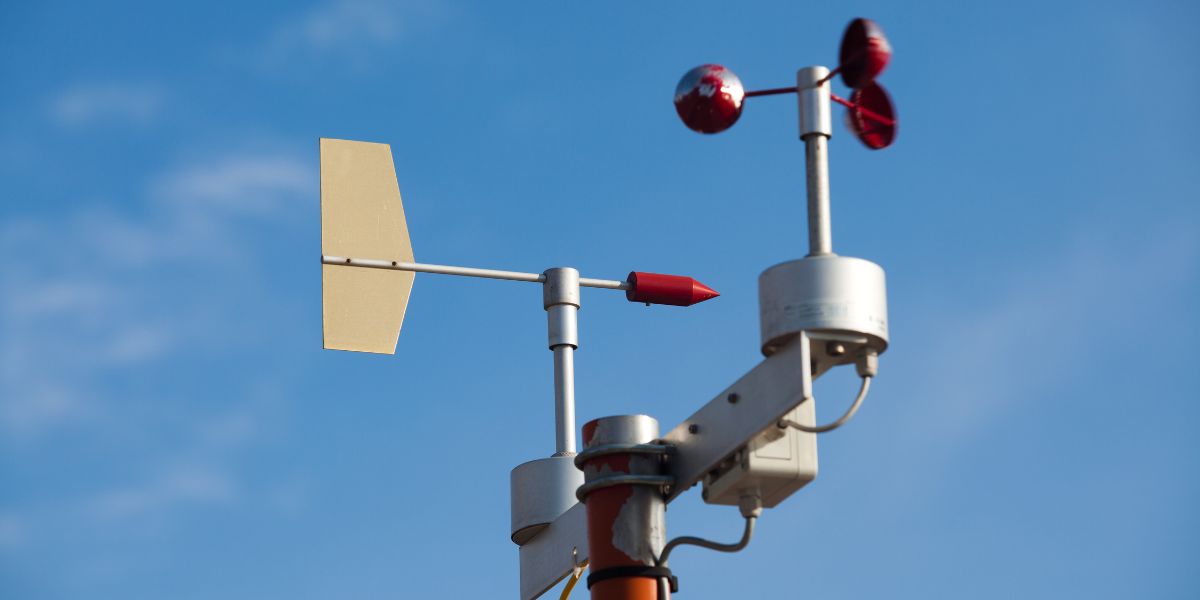
Have you ever considered the impact of integrating weather instruments into educational projects? Imagine the possibilities of hands-on learning experiences that go beyond textbooks and lectures. By utilizing tools like thermometers, anemometers, and rain gauges, students can explore meteorology in a tangible way. These projects not only foster a deeper understanding of weather patterns but also cultivate essential skills such as critical thinking and data analysis. Stay tuned to discover how weather instruments can revolutionize the educational landscape and inspire a new generation of weather enthusiasts.
Benefits of Incorporating Weather Instruments
By using weather instruments, you can enhance your understanding of meteorology and improve your ability to make accurate weather observations. Weather instruments provide valuable data that can help you analyze atmospheric conditions, predict weather patterns, and study climate trends.
For example, a barometer measures air pressure, which can indicate changes in the weather. By learning how to use a barometer, you can anticipate upcoming weather changes such as storms or fair weather.
Thermometers are another essential weather instrument that can help you monitor temperature variations. Understanding temperature patterns is crucial for predicting seasonal changes and identifying climate trends. By using a thermometer regularly, you can track temperature fluctuations and observe how they impact daily weather conditions.
Additionally, wind vanes and anemometers are useful tools for measuring wind direction and speed, providing insights into local wind patterns and potential weather disturbances.
Hands-On Weather Instrument Activities
Engage students in interactive learning by conducting hands-on activities with weather instruments. Start by setting up stations where students can use thermometers to measure the temperature in different areas of the school. Have them compare their findings and discuss why temperatures might vary.
Next, let students experiment with anemometers to measure wind speed. They can go outside and test the anemometers in different locations, such as open fields or near buildings, to see how wind speed changes.
Then, provide opportunities for students to use rain gauges to measure precipitation levels. They can place the rain gauges in different spots and compare the amount of rainfall collected.
Enhancing STEM Education With Weather Instruments
Enhance STEM education by incorporating weather instruments into interactive learning experiences. Weather instruments provide a hands-on approach to learning about various scientific concepts within the realms of science, technology, engineering, and mathematics. By using instruments like thermometers, anemometers, and rain gauges, students can engage in practical applications of STEM principles.
These instruments offer a tangible way to explore scientific phenomena, such as temperature variations, wind speed measurements, and precipitation levels. Students can collect data, analyze trends, and draw conclusions based on real-time information gathered from the instruments. This practical experience enhances their understanding of scientific processes and fosters critical thinking skills.
Integrating weather instruments into STEM education also promotes interdisciplinary learning. Students can connect meteorological concepts to other scientific fields, such as environmental science, physics, and mathematics. This holistic approach encourages students to see the interconnectedness of different disciplines and how they contribute to a deeper understanding of the world around them. By incorporating weather instruments into educational projects, educators can create dynamic learning opportunities that inspire curiosity and exploration in STEM subjects.
Engaging Students in Weather Science
Students can actively participate in weather science experiments using a variety of engaging activities and hands-on demonstrations. One exciting way to involve students is by setting up weather stations on school grounds. Encourage them to measure temperature, humidity, wind speed, and precipitation daily. This not only teaches them about weather patterns but also fosters a sense of responsibility.
Another interactive activity is creating weather journals. Have students record observations, make predictions, and compare their findings with actual weather reports. This helps them understand the scientific method and improves their data analysis skills.
Engage students further by organizing weather-related projects. For instance, challenge them to build anemometers or rain gauges using everyday materials. This hands-on approach allows for a deeper understanding of how these instruments work. Additionally, consider inviting meteorologists or climatologists for guest lectures or virtual sessions. Hearing from professionals in the field can inspire students and provide real-world context to their learning.




